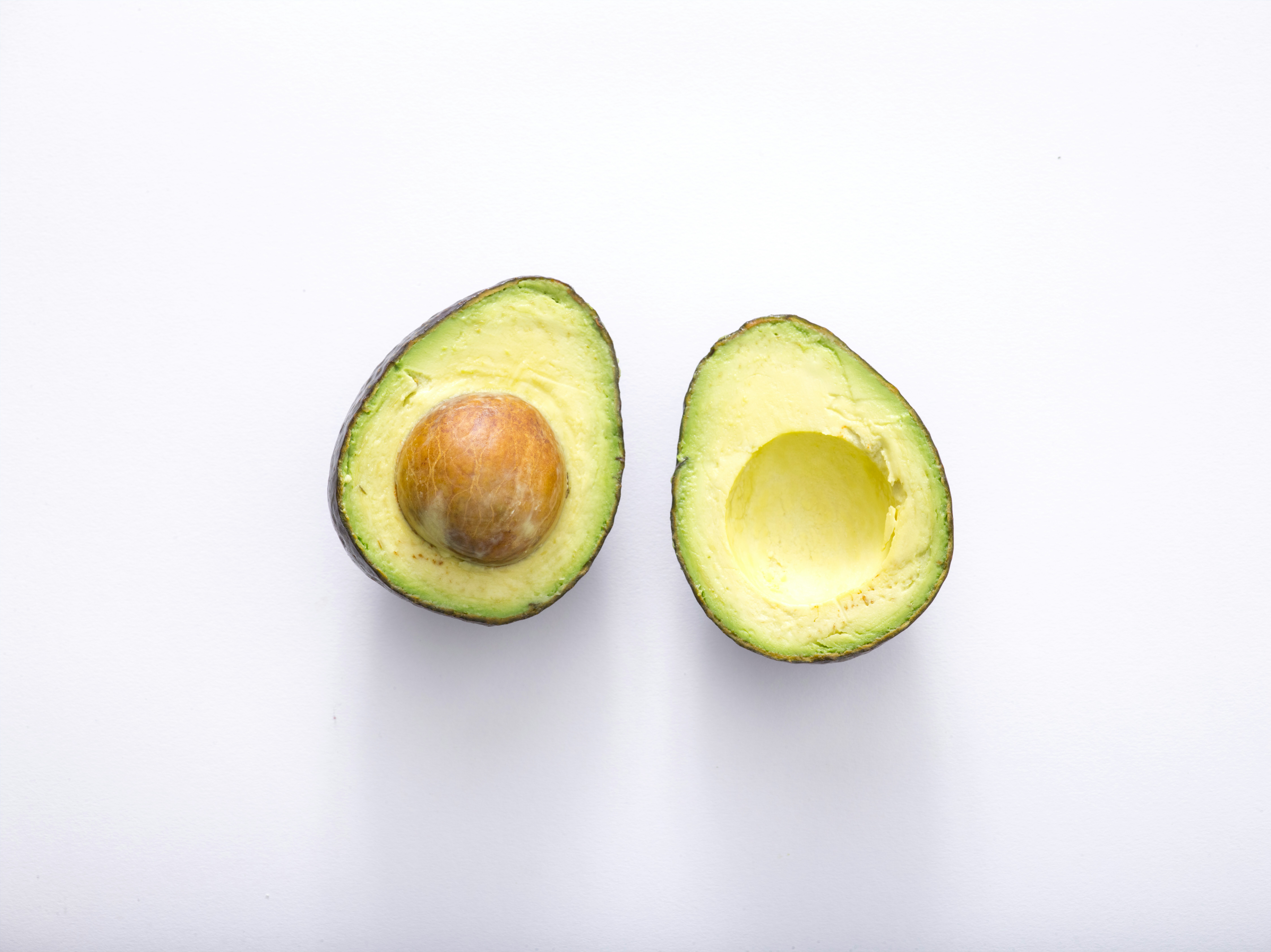Unlocking the Power of Mindfulness for Everyday Wellness
In a world that often feels like it’s spinning out of control, the concept of mindfulness has emerged as a beacon of hope and clarity. It’s almost as if we’re all running a marathon at breakneck speed, but instead of focusing on the finish line, mindfulness encourages us to pause, take a deep breath, and appreciate the scenery along the way. But what does that really mean for our everyday lives? Let’s dive into the transformative power of mindfulness and how it can enhance our overall well-being.
The Basics of Mindfulness
Mindfulness is rooted in ancient meditation practices, particularly those found in Buddhism, but it has found its way into contemporary wellness culture. At its core, mindfulness is about being fully present in the moment—acknowledging our thoughts, feelings, and sensations without judgment. Sounds simple, right? Yet, in practice, it can be as challenging as trying to teach a cat to fetch. (Trust me, I’ve tried.)
According to Jon Kabat-Zinn, a pioneer in mindfulness-based stress reduction, mindfulness is “the awareness that arises from paying attention, on purpose, in the present moment, and non-judgmentally.” This definition encapsulates the essence of mindfulness, but let’s break it down further. It’s not just about sitting cross-legged on a yoga mat; mindfulness can be seamlessly integrated into our daily routines.
Why Mindfulness Matters
In today’s fast-paced society, where distractions lurk around every corner—be it our smartphones constantly buzzing or the endless stream of information online—mindfulness provides a necessary antidote. Studies have shown that practicing mindfulness can lead to a plethora of benefits, including:
- Reduced stress and anxiety levels
- Improved focus and concentration
- Enhanced emotional regulation
- Better overall physical health
- Greater empathy and compassion towards others
It struck me that many of us are so caught up in the hustle and bustle that we forget to check in with ourselves. I remember a time when I was juggling work deadlines, family commitments, and social obligations—my mind was like a hamster on a wheel, racing but going nowhere. That’s when I stumbled upon mindfulness practices, and let me tell you, it was a game-changer.
Integrating Mindfulness into Everyday Life
So, how do we actually incorporate mindfulness into our daily lives? It’s easier than you might think. Here are some practical tips that you can start implementing today:
1. Mindful Breathing
Take a few moments each day to focus on your breath. Close your eyes, inhale deeply through your nose, and exhale slowly through your mouth. This simple act can ground you in the present and help clear your mind of clutter.
2. Mindful Eating
Next time you sit down for a meal, try to savor each bite. Pay attention to the flavors, textures, and aromas. (And yes, this means putting your phone away!) Mindful eating not only enhances your dining experience but also promotes better digestion.
3. Mindful Walking
Whether you’re strolling through the park or simply walking to your car, pay attention to the sensations of each step. Feel the ground beneath your feet and notice your surroundings. It’s a great way to reconnect with nature and your body.
4. Mindful Listening
In conversations, practice active listening. Instead of planning your response while the other person is talking, truly focus on what they are saying. This fosters deeper connections and understanding.
5. Mindful Technology Use
Let’s face it, we’re all glued to our screens more than we’d like to admit. Set aside specific times to check your phone or social media, and try to limit mindless scrolling. Consider it a digital detox!
The Science Behind Mindfulness
It’s all well and good to talk about the benefits of mindfulness, but let’s take a moment to look at the science backing these claims. Research has indicated that mindfulness practices can lead to changes in brain structure and function. For example, a study published in Psychiatry Research: Neuroimaging demonstrated that participants who engaged in mindfulness meditation showed increased gray matter density in regions of the brain associated with emotional regulation, self-referential processing, and perspective-taking.
Some studies suggest that regular mindfulness practice can reduce the size of the amygdala, the brain’s fight-or-flight center, which is often hyperactive in individuals with anxiety. This can lead to a more balanced emotional state and a greater capacity for stress management. It’s like giving your brain a much-needed spa day!
Mindfulness and Mental Health
Now, let’s delve into the relationship between mindfulness and mental health. With mental health issues on the rise, mindfulness has gained traction as a viable therapeutic option. Clinical psychologists and therapists have started incorporating mindfulness techniques into their practices, recognizing its potential for enhancing emotional resilience.
Mindfulness-Based Cognitive Therapy (MBCT), for instance, combines cognitive behavioral techniques with mindfulness strategies to help individuals with depression and anxiety. By teaching clients to observe their thoughts and feelings without judgment, MBCT helps break the cycle of negative thinking that often fuels mental health struggles.
As someone who has experienced the occasional bout of anxiety (don’t we all?), I can attest to the effectiveness of these techniques. There was a time when I felt overwhelmed by racing thoughts, and incorporating mindfulness practices allowed me to step back and gain perspective. It’s like trading in a chaotic rollercoaster ride for a serene boat trip—far more enjoyable, if you ask me.
Mindfulness in the Workplace
Believe it or not, mindfulness is making waves in the corporate world as well. Companies are beginning to recognize the value of a mindful workforce. Studies suggest that implementing mindfulness programs in the workplace can lead to reduced stress, increased productivity, and enhanced employee satisfaction.
Some organizations have even started offering guided meditation sessions or mindfulness workshops as part of their employee wellness programs. It’s a win-win: happier employees are often more engaged and productive. I once attended a workplace mindfulness session, and while I initially thought it was a bit “out there,” I left feeling rejuvenated and more focused—a surprising outcome, to say the least.
Barriers to Mindfulness
Despite the numerous benefits, many people encounter barriers when trying to practice mindfulness. Time constraints, skepticism, and the belief that they “can’t do it right” are common obstacles. It’s important to remember that mindfulness is not about achieving perfection; it’s about progress. Even small moments of mindfulness can have a significant impact.
(I mean, let’s be real: who among us hasn’t tried to meditate only to find our minds wandering to what’s for dinner or that Netflix series we’ve been meaning to binge?) The key is to approach mindfulness with an open heart and a willingness to embrace the journey, however messy it may be.
Mindfulness Resources
If you’re intrigued and want to explore mindfulness further, there are numerous resources available to help you on your journey:
- Books: Titles like “Wherever You Go, There You Are” by Jon Kabat-Zinn and “The Miracle of Mindfulness” by Thich Nhat Hanh are excellent starting points.
- Apps: Consider trying mindfulness apps like Headspace or Calm, which offer guided meditations and mindfulness exercises tailored to your needs.
- Online Courses: Platforms like Coursera and Udemy offer mindfulness courses that can help you dive deeper into the practice.
Personal Reflection on Mindfulness
As I reflect on my own mindfulness journey, I can’t help but chuckle at the times I’ve struggled with the practice. I remember one particular meditation session where I was so distracted by my thoughts that I ended up mentally composing a grocery list instead. (Spoiler alert: I forgot half of it later.) Yet, it’s those moments of distraction that have taught me the essence of mindfulness—accepting thoughts as they come and gently guiding my focus back to the present.
Mindfulness isn’t about striving for a zen-like state; it’s about acknowledging the chaos of life and finding moments of peace within it. Just like the weather, our minds can be stormy one moment and calm the next. The beauty of mindfulness lies in its ability to help us navigate those fluctuations with grace.
Final Thoughts
In conclusion, unlocking the power of mindfulness for everyday wellness is not just a trend; it’s a fundamental shift in how we approach our lives. By taking the time to be present, we can cultivate a deeper connection with ourselves and those around us. It’s a practice that invites us to slow down, breathe deeply, and appreciate the here and now.
If you’re feeling overwhelmed or disconnected, I encourage you to give mindfulness a try. Start small, be patient with yourself, and remember that every mindful moment counts. Who knows? You might just discover a newfound sense of clarity and calm in the beautiful chaos that is life.
So, the next time you find yourself racing through your day, take a moment to breathe, observe, and simply be. You might just unlock a treasure trove of wellness waiting to be discovered.






